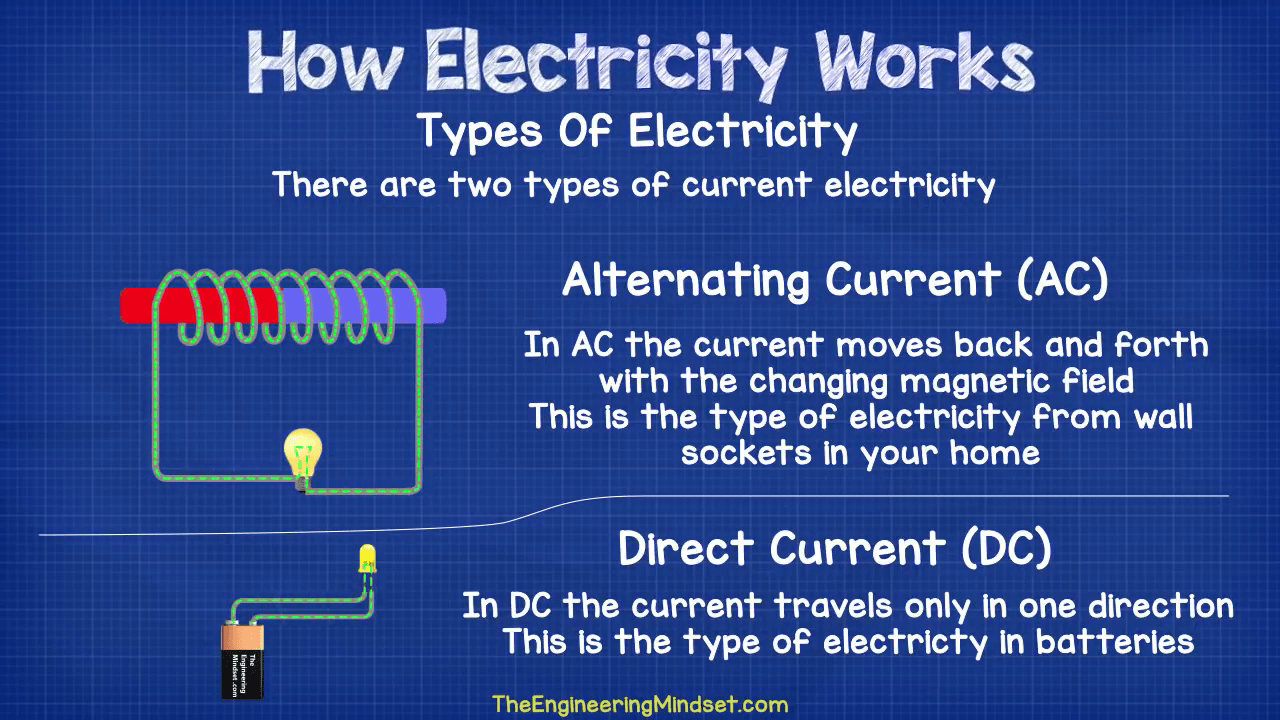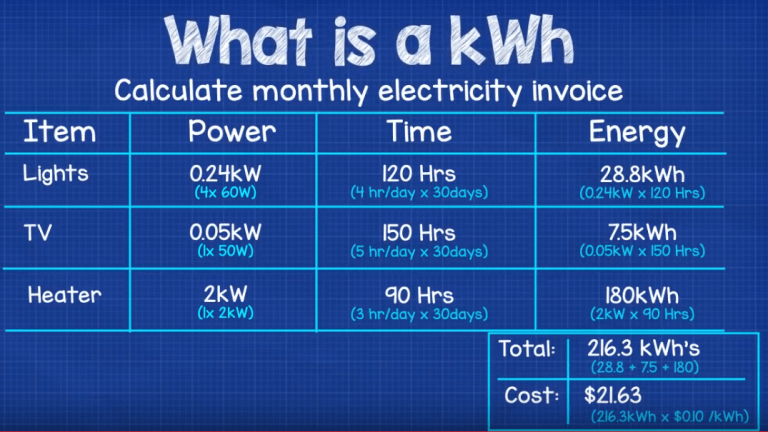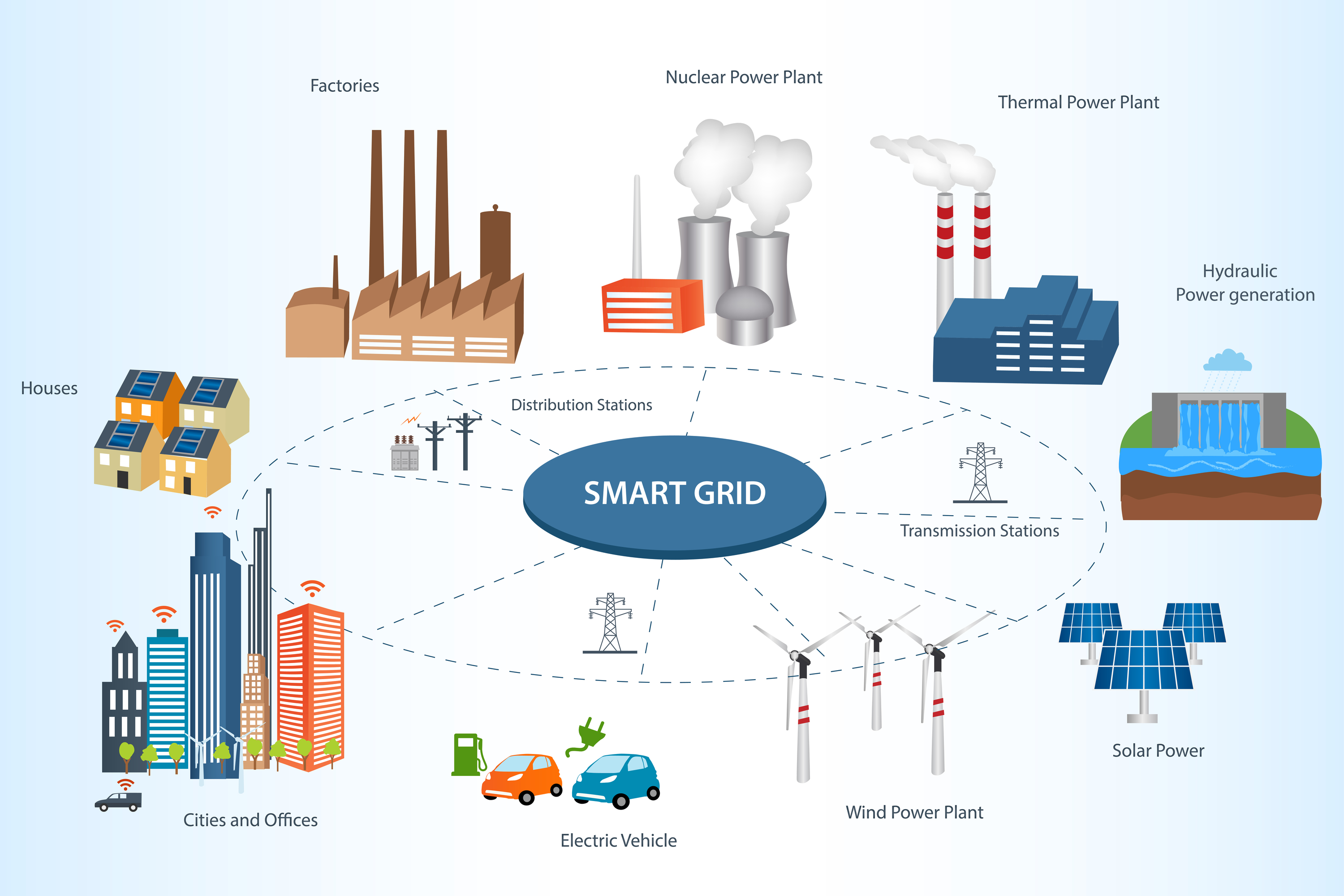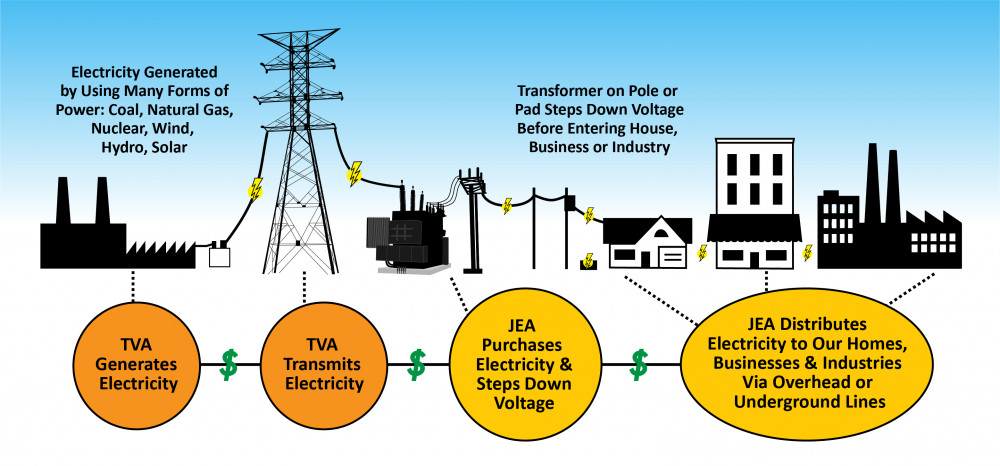Electricity Presentation
| Introduction to Electricity | ||
|---|---|---|
| Electricity is a form of energy that powers our modern world. It is the flow of electrical charge through a conductor. It plays a crucial role in various aspects of our daily lives, from lighting our homes to powering our electronic devices. | ||
| 1 | ||
| Basics of Electricity | ||
|---|---|---|
| Electricity is generated through the movement of electrons. Electrons have a negative charge and are found in the outer shells of atoms. When electrons move from one atom to another, they create an electric current. | ||
| 2 | ||
| Conductors and Insulators | ||
|---|---|---|
| Conductors are materials that allow the flow of electricity. Examples of conductors include metals like copper and aluminum. Insulators are materials that do not allow the flow of electricity, such as rubber or plastic. | ||
| 3 | ||
| Types of Electric Current | ||
|---|---|---|
| There are two types of electric current: direct current (DC) and alternating current (AC). DC flows in one direction and is commonly used in batteries. AC changes direction periodically and is used to power our homes and buildings. | ||
| 4 | ||
| Voltage and Current | ||
|---|---|---|
| Voltage is the force that pushes electric charges through a conductor. It is measured in volts (V). Current is the flow of electric charge and is measured in amperes (A). | ||
| 5 | ||
| Power and Energy | ||
|---|---|---|
| Power is the rate at which electrical energy is converted or consumed. It is measured in watts (W). Energy is the amount of electrical work done and is measured in kilowatt-hours (kWh). | ||
| 6 | ||
| Safety Precautions | ||
|---|---|---|
| When working with electricity, it is important to follow safety precautions. Always turn off the power before working on electrical circuits. Use insulated tools and wear protective gear to prevent electric shock. | ||
| 7 | ||
| Renewable Energy Sources | ||
|---|---|---|
| Renewable energy sources, such as solar and wind power, are increasingly used to generate electricity. They provide a sustainable and environmentally friendly alternative to fossil fuels. The use of renewable energy helps reduce greenhouse gas emissions and combat climate change. | ||
| 8 | ||
| Future of Electricity | ||
|---|---|---|
| The future of electricity holds exciting possibilities, including advancements in energy storage technologies. Smart grids enable efficient distribution and management of electricity. Electric vehicles and smart homes are becoming more prevalent, transforming the way we use and interact with electricity. | ||
| 9 | ||
| Conclusion | ||
|---|---|---|
| Electricity is a vital component of our modern lives, powering our homes, businesses, and technology. Understanding the basics of electricity and practicing safety precautions is crucial. As we move towards a more sustainable future, renewable energy sources and technological advancements will continue to shape the world of electricity. | ||
| 10 | ||
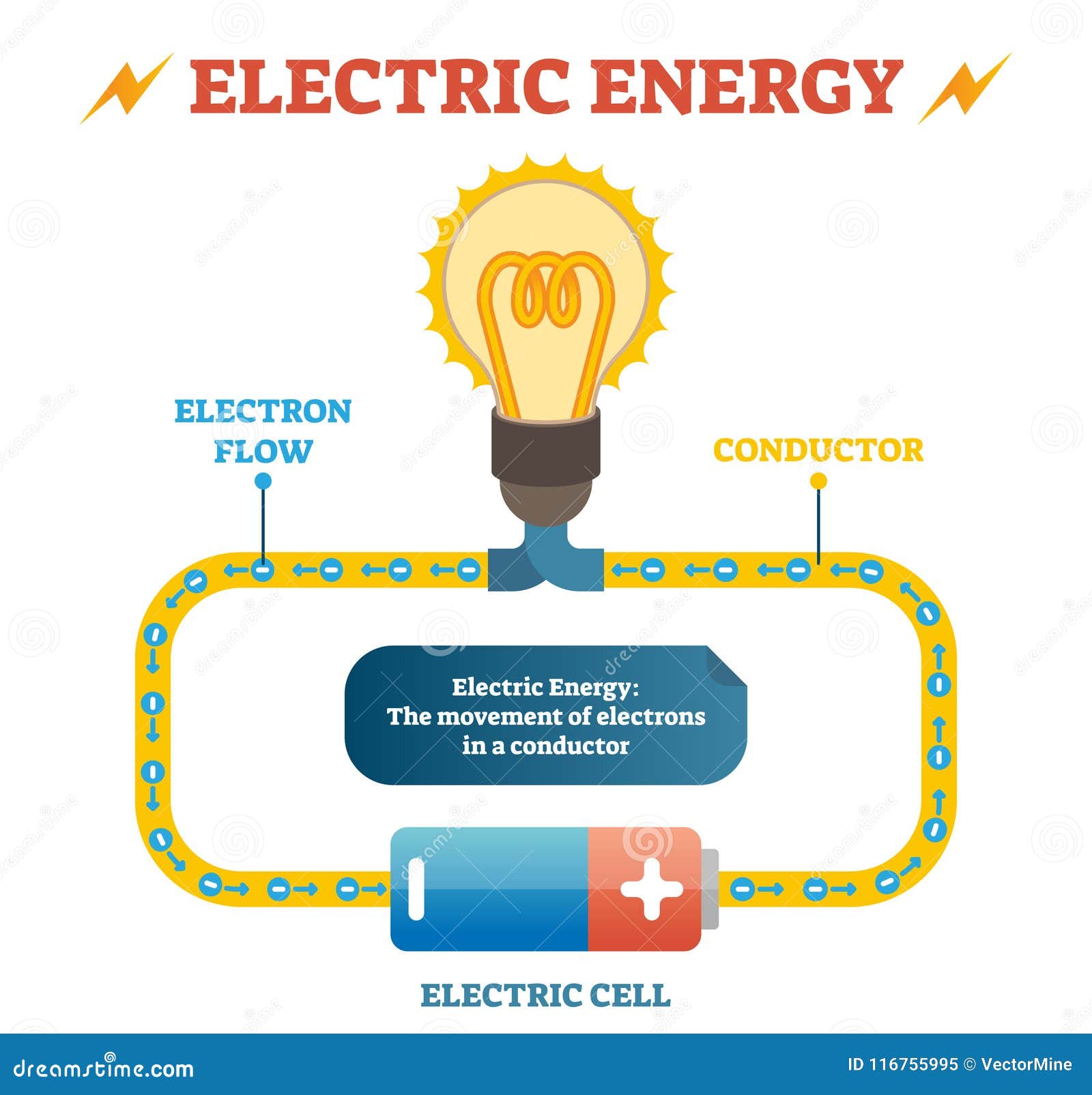
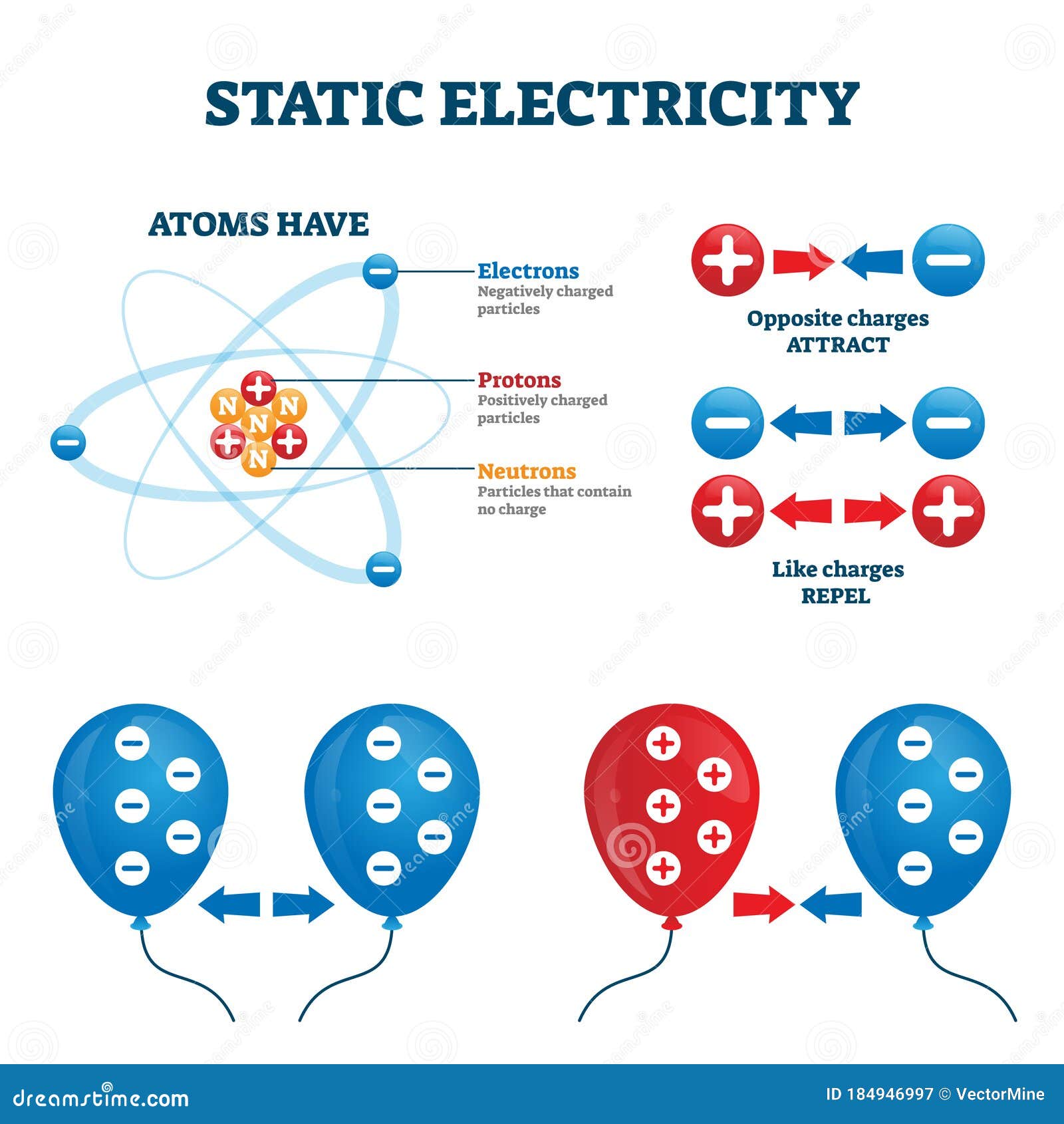
/examples-of-electrical-conductors-and-insulators-608315_v3-5b609152c9e77c004f6e8892.png)
